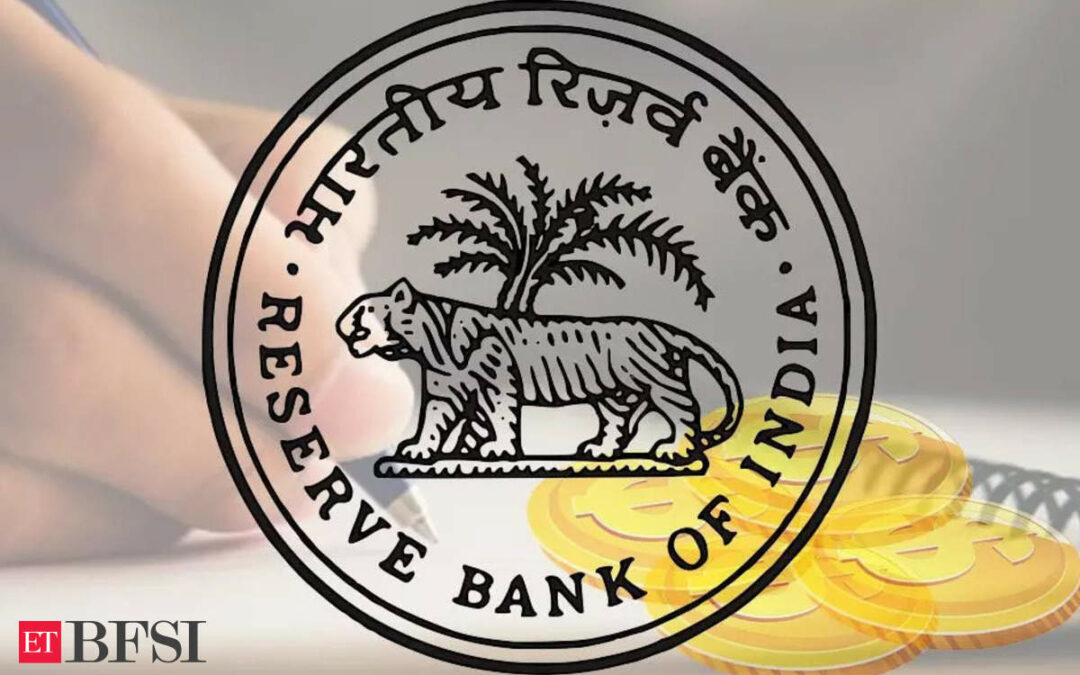Banks are concerned over the Reserve Bank of India’s (RBI) proposed draft guidelines on the liquidity coverage ratio (LCR), which suggest an additional 5% run-off factor for retail deposits equipped with internet and mobile banking (IMB) facilities. The banking sector fears that these new norms could significantly impact loan disbursement, particularly as banks continue to face challenges in deposit mobilization.
In July, the RBI released draft guidelines mandating banks to apply the additional run-off factor to retail deposits linked to IMB services. If implemented, stable retail deposits with IMB facilities will carry a 10% run-off factor, while less stable deposits will see a 15% run-off factor. This move has raised concerns among banks as the majority of retail deposits are now linked to IMB services, potentially affecting almost the entire base of retail deposits.
ICRA estimates that the implementation of the new LCR norms could reduce banks’ LCR from 130% in Q4 FY24 to between 113% and 116%. Given the RBI’s mandate that banks must maintain a minimum LCR of 100%, the proposed changes could force banks to shift their focus towards retail deposits, reduce reliance on wholesale deposits, and slow down credit growth. Additionally, banks may need to allocate a higher share of deposits to high-quality liquid assets (HQLAs) to recoup LCR losses.
Lagging deposit growth
The proposed norms come at a time when deposit growth has been lagging behind loan growth for nearly two years. To bridge the gap, banks have increasingly relied on short-term non-retail deposits, which have higher run-off factors and could negatively impact their LCR. The share of deposits from retail customers and small businesses has declined by 4.8% since June 2021, now accounting for 59.5% of total deposits as of March 2024.
The proposed LCR norms are part of broader regulatory reforms introduced by the Basel Committee on Banking Supervision following the global financial crisis. While these reforms aim to ensure banks can meet short-term liquidity needs under stressed conditions, their implementation could present new challenges for the Indian banking sector, particularly in terms of sustaining loan growth and managing deposit portfolios.











